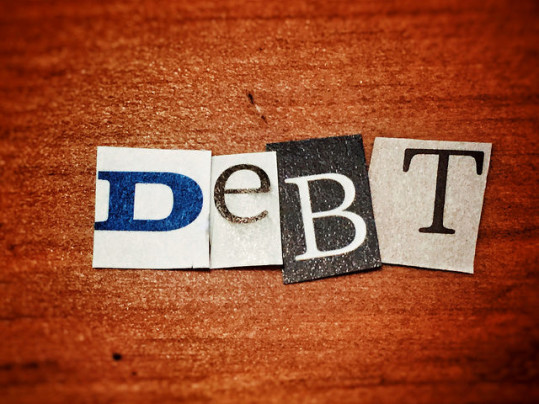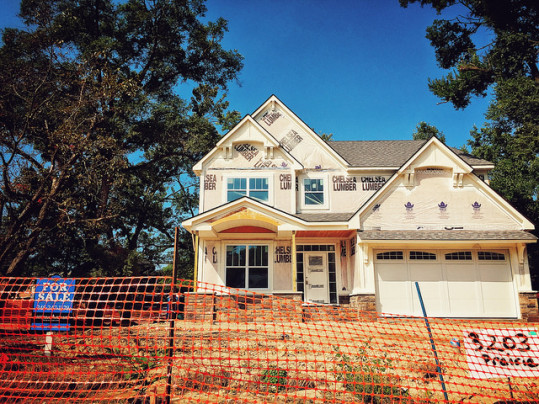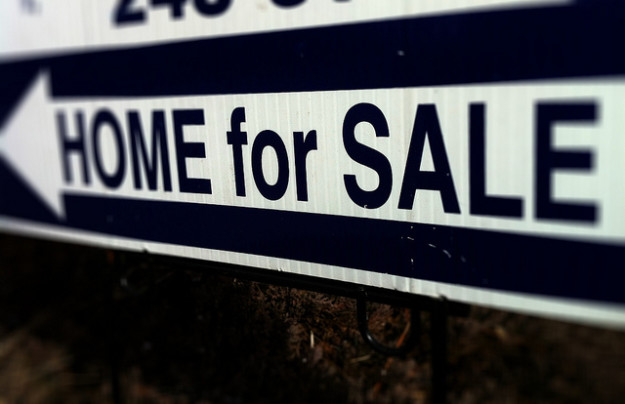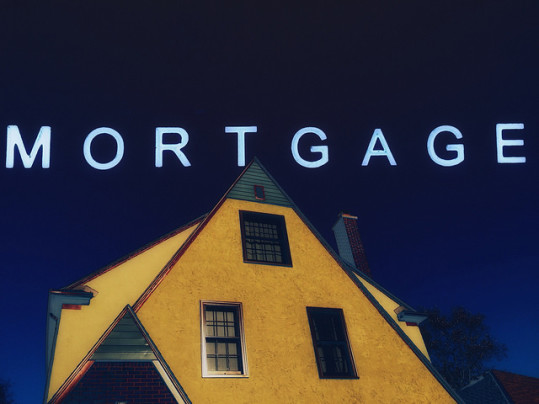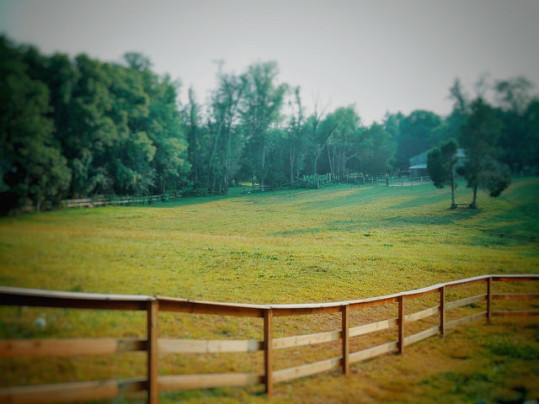A new survey of millennials from the National Association of Realtors and American Student Assistance finds that nearly 80 percent of respondents said they took out a student loan in order to pay for college. Among them, just over half have a balance of more than $40,000. Obviously, having that much student debt becomes a factor when considering whether or not to buy a house. Lawrence Yun, NAR’s chief economist, says it may be holding first-time buyers back. “The tens of thousands of dollars many millennials needed to borrow to earn a college degree have come at a financial and emotional cost that’s influencing millennials’ housing choices and other major life decisions,” Yun said. In fact, millennials say debt has caused them to delay things like marriage and career changes as well. Still, recent surveys show that young Americans are very interested in becoming homeowners and demand for affordable homes is high. An improving job market is also reason for optimism, as better jobs and higher wages can help make homeownership an attainable goal for young Americans who’d like to buy a home of their own. More here.
Archive for September 2017
New Home Market Strong But Uncertain
The market for newly built single-family homes is an important barometer for the health of the overall housing market. Where new homes are being bought and sold, home prices and inventory levels are usually more balanced and home buyers have more choices. For that reason, the National Association of Home Builders tracks how builders perceive the market now and what their expectations are for the coming months. In September, the NAHB’s Housing Market Index found builder confidence down slightly from the month before, though it remains at a high level. According to NAHB chairman, Granger MacDonald, the recent hurricanes may have something to do with the decline. “The recent hurricanes have intensified our members’ concerns about the availability of labor and the cost of building materials,” MacDonald said. “Once the rebuilding process is underway, I expect builder confidence will return to the high levels we saw this spring.” Regionally speaking, the NAHB’s survey found that the West and Northeast have seen confidence levels rise over the past three months, while the Midwest and South have experienced slight declines. More here.
Renting A Home Is Getting More Expensive
Many people assume that renting is always going to be cheaper than buying a house. Mostly, this is because of the upfront costs associated with buying. Having to come up with closing costs and a down payment, in addition to taking on a monthly mortgage payment can be intimidating for someone who wants to buy but feels it’ll be easier and more affordable to rent. New data shows this is particularly true right now and it’s driving up the costs of renting a single-family home. Dr. Svenja Gudell, Zillow’s chief economist, says the current environment is causing the increase. “Those who want to buy are finding it difficult to find the right one, or may need a bit more time to come up with a down payment, but still want the advantage of space that single-family residences often provide,” Gudell said. “This, coupled with the foreclosure crisis turning millions of homeowners into renters, is a big reason why demand for single-family rental homes has risen over the last few years.” What this means is that, if you hope to buy but aren’t sure you’re ready, it’s important to research your options. In many markets, buying is still more affordable than renting, and may be especially so if you’re looking to rent a single-family home rather than an apartment. More here.
Do Millennials Care About Homeownership?
The American Dream is an abstract concept but always seems to include the idea of owning a home. Buying a home, for generations of Americans, has been seen as an achievement to strive for and be proud of. But do young Americans today feel the same way about homeownership? Well, according to one recent survey, they do. In fact, 81 percent of participating Millennials named owning a home when asked what they most associated with achieving the American Dream. Additionally, large majorities said they expect the idea to still be relevant to their children. To some extent, this is contrary to conventional wisdom, which often portrays Millennials as having been turned off of the idea of homeownership by the housing crash and financial crisis. Millennials, the thinking goes, are more interested in an urban, mobile lifestyle that makes renting a better fit. And yet, survey after survey shows young Americans are just as interested in owning their own home as their parents and grandparents were before them. Still, though Millennials aspire to become homeowners, they don’t expect it to be easy. In fact, they think it’s harder to achieve for their generation than it has been in the past. More here.
Mortgage Rates At Lowest Level In Nearly A Year
According to the Mortgage Bankers Association’s Weekly Applications Survey, average mortgage rates fell last week for 30-year fixed-rate loans with conforming loan balances, loans backed by the Federal Housing Administration, and 15-year fixed-rate mortgages. The decline continues a downward trend that started in mid-July. At this point, mortgage rates are now at their lowest point in nearly a year. In response, demand for mortgage applications spiked last week. In fact, Joel Kan, an MBA economist, told CNBC that – though demand increased almost 10 percent last week – the improvement would have been even greater, if not for the hurricanes that struck Texas and Florida. “To illustrate the impact of the two major hurricanes, over the past two weeks, mortgage applications for the state of Texas ran about 25 percent lower than the state’s weekly average for the year to date, reflecting the impact of Hurricane Harvey,” Kan said. Similarly, Florida saw a dramatic drop in demand last week as well. Still, demand for loans to buy homes was up 11 percent for the week and is now 7 percent higher than at the same time last year. More here.
Homeowners Often Overestimate Their Home’s Value
American homeowners may be overestimating their home’s worth, according to new data. The research shows appraisals in August were 1.35 percent lower than homeowners expected. There are a couple of reasons this could be happening. First, there has been a lot of attention paid recently to how far prices have risen over the past few years. But, while this is true, it is not necessarily true in every neighborhood, in every city, across the country. So, homeowners who have been hearing that prices are going up, may have a misperception of just how much their home’s value has risen. As evidence of this, data shows homeowners in the West thought their homes would appraise for less than what they eventually did, while homeowners in the Midwest were disappointed to find their appraisals didn’t meet their expectations. Another possible reason for the misperception is that homeowners are generally attached to their homes. And, if you’ve invested time, money, and maintenance into a property, when it comes time to sell or refinance, you’re naturally going to – not only hope for the best possible outcome – but expect that everyone else who looks at your house will see it the way you do and value you it just as much. Unfortunately, though, that may not always be the case. More here.
Home Buyers Say They Want More Outdoor Space
Because the size of the typical newly built American home continues to grow larger and larger, it’d be a fair assumption that what home buyers want more than anything is square footage. However, a new survey conducted by Wakefield Research found that 56 percent of surveyed buyers say they’d sacrifice a larger house for a bigger yard. And, not only that, the preference for more outdoor space was desired almost equally across all generations and demographics – though women preferred green space a bit more than men. All in all, though, it seems outdoor spaces are becoming a must-have for home shoppers and the reason behind this desire may be somewhat surprising. That’s because it doesn’t have to do with water features, decks, and outdoor entertaining. In fact, the number one reason participants cited for wanting a bigger yard was for the added distance from neighboring homes. It seems a little bit of extra breathing room and privacy is a top draw for buyers. Participants also said, if they had $10,000 to $15,000 to put into their new house, they’d spend it on outdoor living items over popular indoor remodeling projects like kitchen cabinets and islands. More here.
